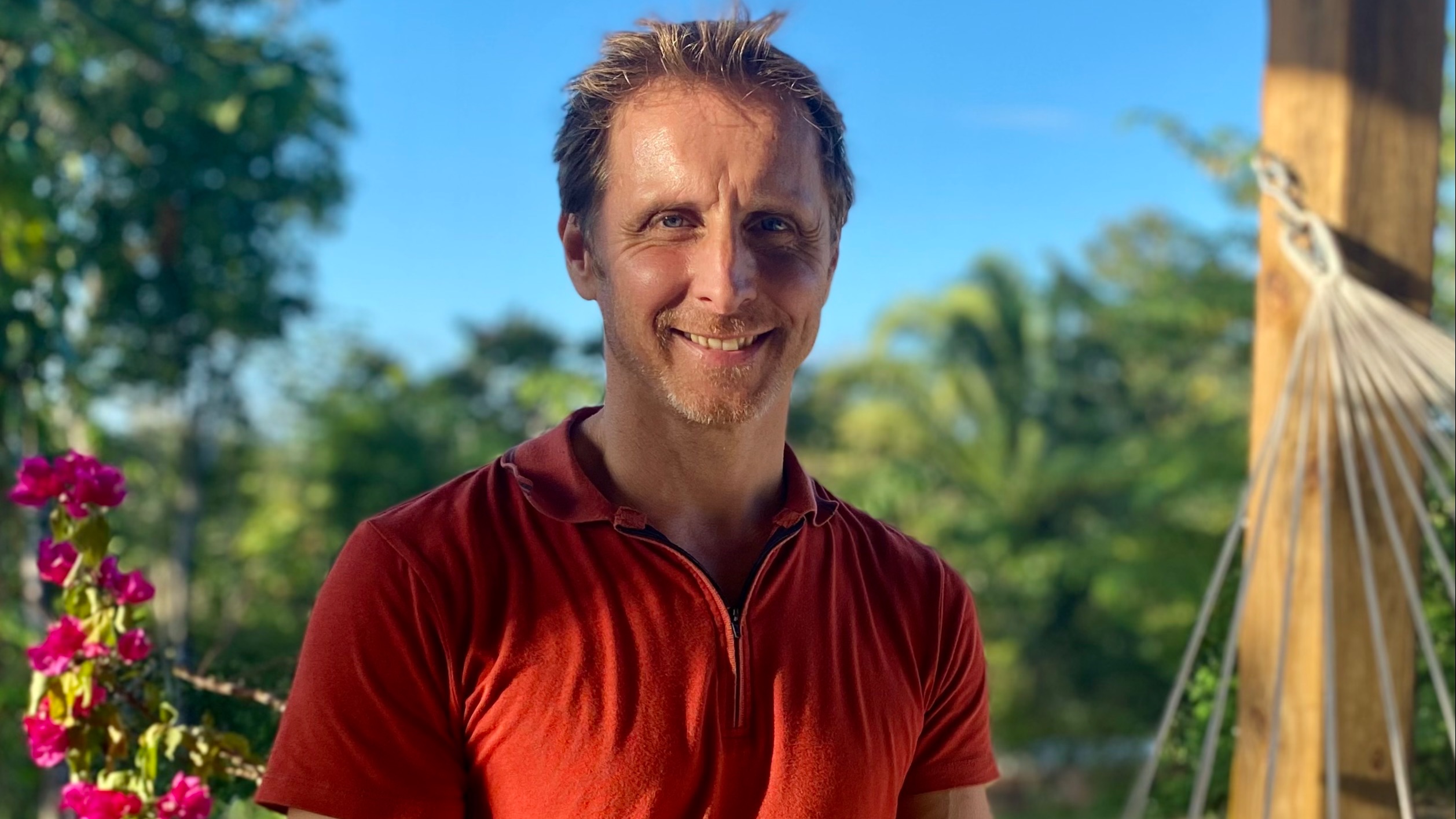The wonders of strength training

Today and this week, our focus is about muscular strength and developing the ability to:
Pull, Push and Lift
And, read on for info about a great list of benefits that you get from resistance exercise.
Let’s take a simple functional example
When you come to lift a heavy box, you have to push the ground away with your legs at the same time that you pull with your arms. Then you reload to push again, this time with arms and legs to place the box on top of your wardrobe.
It’s a whole body experience of functional movement and we replicate function in our Dojiva workouts.
What happens if you don’t push, pull and lift?
Well, for starters your ability to maintain and develop muscle tissue diminishes and that means your metabolism (which it’s a major driver of over-all health, and body composition) will suffer. But with a good weekly regime of strength training (along with adequate amounts of protein), muscle can not only be spared, but regained! A never ending message from Dojiva is to:
“keep challenging your muscles”!
Dojiva has four inter-weaving departments of movement:
- Strength (tends to be slow)
- Cardio (interval training so tends to be fast)
- Mobility (stretching and tension release for flexibility and postural alignment)
- Ergonomics - (everything else in daily life such as gait, gardening, chores and general posture)
We are focusing here on one of these… strength training which sub-divides it into three movement phases of concentric (when the muscles shorten), eccentric (the lengthening phase) and isometric (which is when the muscle fibres remain the same length under tension). I like to do all three as they have their place in functionality.
What type of resistance is best?
Well, it doesn’t really matter if you do callisthenics (body weight exercises), dumb-bells, bands, suspension training or gym machines… just workout! The minimum effective dose is one set of slow exercise for each muscle group, once a week. This will help to spare muscle through your whole body. Less than that and you might start to lose this vital part of your body.
Two to three times a week is ideal, but that does depend on your experience, recovery time and what else you get up to. E.g. the amount of time that you dedicate to strength work might be affected if you embrace HIIT and dynamic sport.
The problem with over-training
A reason that some people find it hard to maintain muscle can be down to over-training and their metabolism is too catabolic (breaking tissues down). As well as doing a bit less, you could simply swap out one of your HIIT sessions for a ‘super-slow’ workout. And, you could also consider taking more time to rest, up your sleep and eat a little more. If exercise is for stress relief, seeking other ways to manage stress such as yoga, meditation and forest walks could help too.
Under training
The flip side is those who do not play any sport and find it hard to get motivated to do the dynamic classes/videos. You could start with two/three strength classes a week, get your diet really clean and do some mindfulness goal setting. Then after a month of that, book some personal training sessions to guide you include the wonders of interval training.
Interval training and resistance training have similar metabolic and hormonal responses
There is no distinct pattern to the how, when and how often to train, so your best bet is to keep experimenting to find your body’s preference and balance.
It could be that you maintain over all strength, fitness and mental being with two HIIT classes per week and one strength session. Then on an another week, you do only resistance work, so no HIIT sessions at all. I have always been a fan of mixing things up and experimenting. And although most of my workouts are based on strength work, each session tends to include dynamic (heart pounding) work on the punch/kick bags and I have come to enjoy hill sprints!.
Ancestral ways
I touched on this last week with the cluster about body types… that humans have been evolving for hundreds of thousands of years (maybe longer) as ecto/meso morphs who adapted to outdoor living, a natural - local - seasonal diet and basic survival took care of fitness. So, it was daily life that helped keep our ancestors lean and strong.
I also think that an endomorphic body is a modern phenomenon (last 50 years) due to a more sedentary life, mental stress and proceeded foods (plus the availability of foods with 24/7 shops and refrigerators).
And to return a body to the natural human design, muscle is key. When you gain muscle through exercise your metabolism gets a boost, which then helps you to burn fat and reduce inflammation… basically, you become more healthy! Along the muscle building journey, be sure to cut out processed foods, prioritise sleep and manage stress!
I am sure this is just a reminder… but here’s that list of benefits associated with strength training:
- Prevention of sarcopenia (age related muscle loss). All forms of resistance training help to increase (or at least maintain) lean tissue (muscle) which keeps you strong for whatever challenges come your way. On one level, this could be for lifting a heavy pot in the garden with relative ease, or to enjoy increased power for that competitive edge in sport.
- When you go for full fatigue, you get to engage and deplete fast twitch muscle fibres that support regulation of metabolic and hormonal health. This is in turn can help:
- Manage systemic inflammation and support weight management which could be to increase muscle tissue and/or burn unwanted fat.
- Also, a boost to combat many common health concerns such as heart, brain and blood pressure conditions.
- Although we do a lot of exercise for the external muscles, many techniques such as squats, lunges, bridges and balance exercises help build strength on the inside… that’s the core muscles such as the pelvic floor, low back and deeper hip structures.
- Improved balance. With extra muscle for support, people who do regular strength training tend to fall less often. And if you do, the extra muscle (coupled with good levels of flexibility) provides protection to reduce seriousness of injury. Therefore…
- Healing/recovery from any injury/surgery should be smoother and quicker.
- Weight-bearing exercise puts pressure on your joints (tendons and bones), which helps with bone density. This can reduce the risk of bone disease such as osteoporosis. Especially from upper-body weight bearing such as press ups and planks that most people don't do enough of. And good news, you can reap the bone-strengthening benefits of resistance training at any age!
- Providing you train with good form, a regular practice of strength training can help develop good alignment. Coupled with basic flexibility and daily awareness, before long, good posture can be maintained with ease.
- Due to the added resistance (that takes your body into a greater range of motion), you can actually get more flexible after a workout. Note: done poorly however and many forms of resistance work can actually shorten muscles and you leave the session with your body feeling compressed.
- Improved appearance. Five pounds of muscle takes up less space than five pounds of fat tissue. This means, you will have a more toned and defined physique and you should fit your clothes better.
- Function for life - Done well, you should have better functional strength to carry objects around the house/garden and increased power for all sports/activities.
- Enhanced body awareness (fatigue is an unusual but great way to get to know your body)! And with that, you might notice a new level of respect and appreciation for form.
- And emotional support… a stronger body can improve your mood, help you feel empowered and more confident.
- On this same line, with a capable body, you are more likely to maintain independence or said another way, less likely to need support from others. Quite the opposite in fact and you can become the inspiration for others!
With that list, I think it’s worth keeping up with your training!
Three of our classes this week have muscle building resistance exercise.
Thanks for reading, do send me an email with any questions.
Take care, Danny
To access all Dojiva classes, start the 10 day trail - click here




